Kawaii: The Evolution of Sweetness in the World of Anime and Manga
Introduction
"Kawaii" – a word that for many evokes the colorful and endearing realm of Japanese culture. But what precisely does this term mean, and what role does it play in mass culture, both within Japan and globally?
Defining "Kawaii"
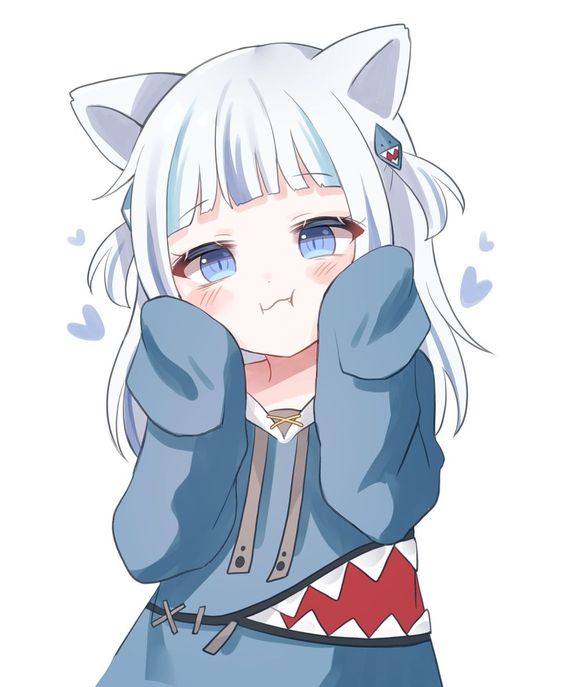
Cultural Perception of "Kawaii" in Japan
In Japan, the "Kawaii" culture permeates numerous aspects of daily life. From adorable characters in commercials to writing accessories, and fashionable attire – the sweetness and allure of this trend is omnipresent. Many businesses and brands leverage the Kawaii aesthetic to attract younger consumers. Numerous individuals in Japan adopt the "Kawaii" style in their day-to-day, be it through attire, accessories, or even behavior, viewing it as an expression of innocence and youthfulness.
Cultural Perception of "Kawaii" Worldwide
Beyond Japan's borders, the "Kawaii" culture has gained international recognition, largely owing to the proliferation of anime and manga. Numerous Western nations have become enthralled by the unique aesthetics of Japanese "cuteness". Although initially, this culture was often misconstrued as being childish, over time it has come to symbolize creativity and innovation. Contemporary brands, designers, and artists from around the world draw inspiration from the "Kawaii" aesthetic, crafting products that captivate an international audience.
Origins of Kawaii in Traditional Japanese Art
Even though the notion of "Kawaii" surged in popularity during the 20th century, its roots can be traced back to traditional Japanese art. For instance, "ukiyo-e", classical woodblock prints from the Edo period, often depicted figures with delicate, almost childlike facial features. Similarly, "netsuke", tiny sculptures worn as kimono accessories, frequently showcased figures or creatures in amusing and delightful poses. These, among other traditional art forms, suggest that the "Kawaii" aesthetic has profound roots in Japanese cultural heritage.
 "Ukiyo-e", translated as "pictures of the floating world", is an art form that flourished in Japan from the 17th to the 19th century. Often, these pieces portrayed daily life scenes, portraits of beautiful women, kabuki actors, and landscapes. Although "ukiyo-e" is primarily known for its vivid colors and details, many artists of this genre emphasized subtlety and gentleness in their character depictions. These "youthful" features, such as large eyes or rounded cheeks, were early precursors to the "Kawaii" aesthetic in Japanese art. Works by masters like Hokusai and Utamaro, with their unparalleled skill in capturing beauty and innocence, serve as excellent examples of early references to the "Kawaii" aesthetic.
"Ukiyo-e", translated as "pictures of the floating world", is an art form that flourished in Japan from the 17th to the 19th century. Often, these pieces portrayed daily life scenes, portraits of beautiful women, kabuki actors, and landscapes. Although "ukiyo-e" is primarily known for its vivid colors and details, many artists of this genre emphasized subtlety and gentleness in their character depictions. These "youthful" features, such as large eyes or rounded cheeks, were early precursors to the "Kawaii" aesthetic in Japanese art. Works by masters like Hokusai and Utamaro, with their unparalleled skill in capturing beauty and innocence, serve as excellent examples of early references to the "Kawaii" aesthetic.
 "Netsuke": Small Carved Objects with Practical Functionality in Traditional Japanese Attire "Netsuke" are small carved objects that served a practical purpose in traditional Japanese attire. Given that kimonos lacked pockets, items like money or documents were stored in small containers called "inro", which were attached to the obi belt using "netsuke". Although their primary function was practical, "netsuke" quickly evolved into an artistic expression. Crafted from a variety of materials, from wood to ivory, "netsuke" depicted everything - from everyday scenes of people and animals to mythical creatures. They often exhibit whimsical and charming details reminiscent of modern "Kawaii" characters. Over the centuries, "netsuke" not only became everyday items but also valued collector's pieces reflecting Japan's rich history and culture.
"Netsuke": Small Carved Objects with Practical Functionality in Traditional Japanese Attire "Netsuke" are small carved objects that served a practical purpose in traditional Japanese attire. Given that kimonos lacked pockets, items like money or documents were stored in small containers called "inro", which were attached to the obi belt using "netsuke". Although their primary function was practical, "netsuke" quickly evolved into an artistic expression. Crafted from a variety of materials, from wood to ivory, "netsuke" depicted everything - from everyday scenes of people and animals to mythical creatures. They often exhibit whimsical and charming details reminiscent of modern "Kawaii" characters. Over the centuries, "netsuke" not only became everyday items but also valued collector's pieces reflecting Japan's rich history and culture.
The Evolution of Kawaii Culture in 20th Century Japan
The early 20th century marked a period of intense cultural and societal changes in Japan. With the country's modernization and opening to Western influences, there emerged a need to craft a national identity that merged tradition with modernity. 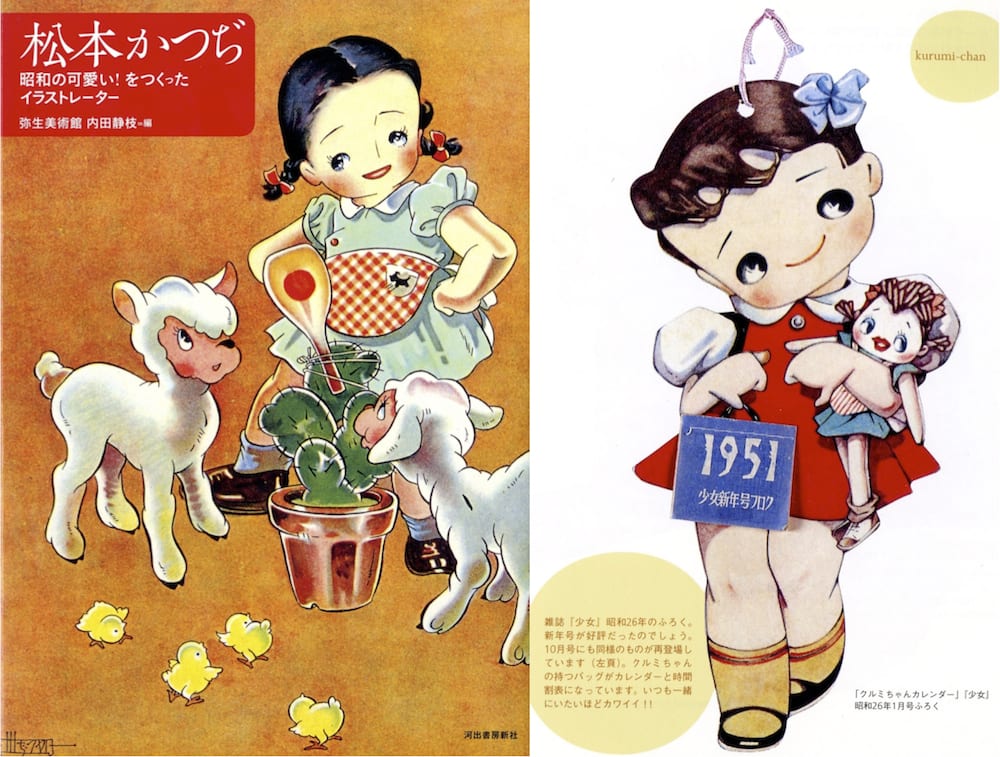
With increasing urbanization and societal shifts, "Kawaii" became a medium of expression for young Japanese. Because the concept was broad and versatile, youngsters could experiment with various styles, from charming to more avant-garde, while staying within the "Kawaii" aesthetic bounds. By the 1990s, the "Kawaii" style became an integral part of Japanese mass culture. Numerous brands, artists, and creators started to incorporate the "Kawaii" aesthetic in their works, spanning fashion, music, and animations. Kawaii evolved into not just a style but also a life philosophy, celebrating innocence, childlike wonder, and joy.
The Pioneer Kawaii Characters in Anime and Their Influence on Audiences
Anime's beginnings in Japan trace back to the 1960s when the first animated TV series began airing. One of the earliest representatives of the "Kawaii" aesthetic in anime was "Astro Boy" (Tetsuwan Atomu), created by Osamu Tezuka. Although the protagonist lacked typical "Kawaii" features like large eyes or rounded cheeks, his innocence and eagerness to help resonated with viewers. Characters like Astro Boy set the standard for future anime characters, combining charm and innocence with deeper emotions.
Drawing Style Evolution - From Simplicity to Detailed Creations
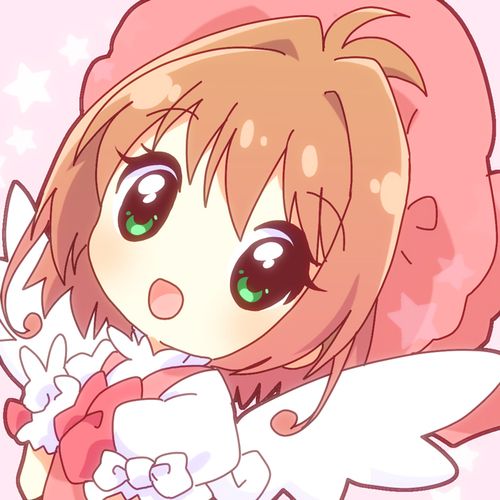
Iconic Kawaii Anime Characters
Sailor Moon (Usagi Tsukino): The protagonist of "Sailor Moon", Usagi, became an icon of "Kawaii" aesthetics. Her large blue eyes, long blonde hair, and signature outfit captivated audiences worldwide. Despite her heroic attributes, Usagi often displayed clumsiness and innocence, enhancing her charm.
 Hello Kitty: Although not a typical anime character, Hello Kitty stands as one of the most recognizable symbols of "Kawaii" culture. This charming mouthless cat, created by Sanrio, has won the hearts of not just children but adults globally.
Hello Kitty: Although not a typical anime character, Hello Kitty stands as one of the most recognizable symbols of "Kawaii" culture. This charming mouthless cat, created by Sanrio, has won the hearts of not just children but adults globally.
Doraemon: This blue robot-cat from the future, the star of "Doraemon", stands as another iconic "Kawaii" character. With his simplistic design, large eyes, and innocent demeanor, he's endeared himself to multiple generations in Japan and later to anime enthusiasts worldwide.
Chiyo Sakura from "Monthly Girls' Nozaki-kun": With her big green eyes and short red hair, Chiyo serves as an exemplary modern "Kawaii" character. Her innocent, love-struck expressions and charming behavior make her one of the most memorable characters in contemporary anime.
The Influence of Kawaii Culture on Other Branches of Art and Pop Culture
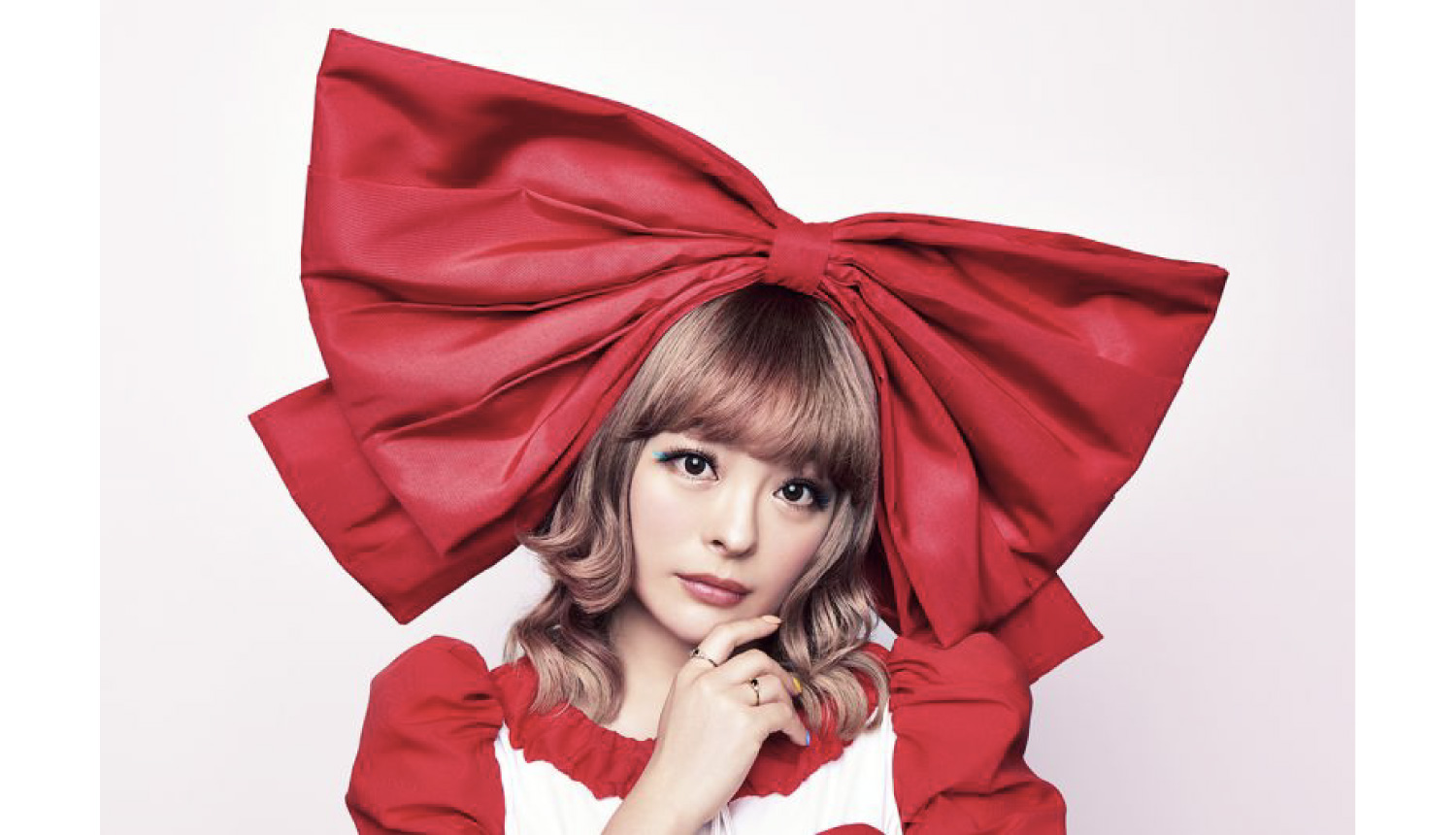
Commercialization of Kawaii: Products
Kawaii culture has also permeated the consumer product realm. For instance, brands like Sanrio, the creator of the famous Hello Kitty, or Rilakkuma by San-X, have achieved immense global popularity. Their products, ranging from plush toys and stationery to household accessories, have captured the hearts of consumers in many countries. Many designers use Kawaii aesthetics in creating designs for both children and adults, confirming the universality and omnipresence of this trend.
Commercialization of Kawaii: Fashion and Gadgets
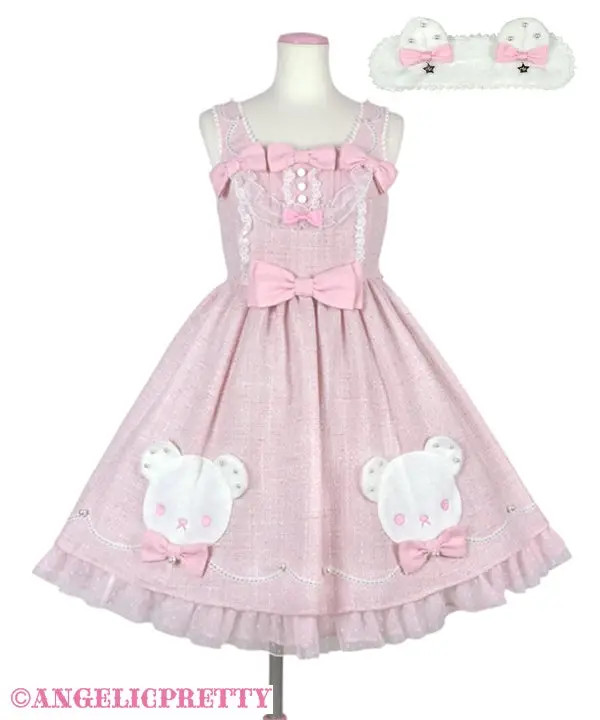
Critics' Arguments Concerning Kawaii Culture
Although Kawaii culture enjoys vast popularity, it's not free from criticism. Many critics believe that the excessive sweetness and innocence at its core might contribute to the infantilization of society. They argue that promoting such an aesthetic could lead to an undue idealization of childhood and innocence, potentially stunting the emotional and social development of young people. Other critics suggest that Kawaii culture might inadvertently reinforce traditional gender roles, portraying women as submissive, naive, and dependent.
Kawaii as a Commercial Tool vs. an Expression of Authentic Culture
The debate about the commercialization of Kawaii culture is heated. On one hand, critics argue that Kawaii aesthetics have been commodified and are mainly used for profit, losing their original and authentic nature. On the other, many defend Kawaii, claiming that even though it's become a global product, it remains a significant part of Japanese cultural identity, reflecting the values and traditions of the nation.
Feminist Perspective on Kawaii Culture
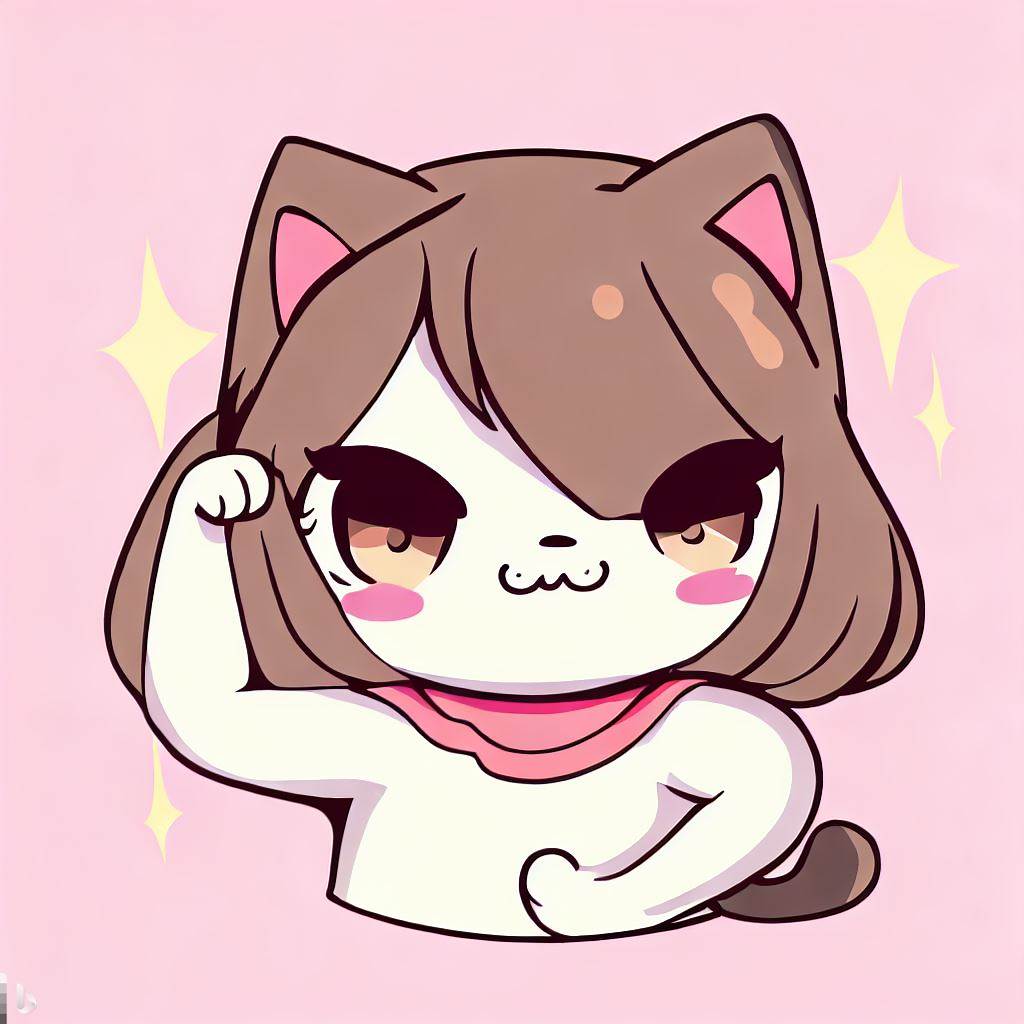
Balancing Criticism with Acceptance
While Kawaii culture faces diverse criticism, its positive aspects cannot be forgotten. For many, it serves as a source of joy, a sense of belonging, and an expression of personal identity. It's essential, then, to approach it with an open mind, weighing both its pros and cons, and respecting the individual choices of those who identify with Kawaii culture.
Reflection

Yet, with every year and each new generation that embraces and adapts Kawaii to their needs, questions arise about the future of this aesthetic. Is the sweetness of Kawaii a timeless value? In a rapidly changing world full of fleeting trends and shifting attitudes, can Kawaii maintain its essence and remain a crucial part of culture? Only time will tell, but one thing is certain: Kawaii has left indelible marks on the hearts of many worldwide, and its magic isn't easy to forget.
"Strong Japanese Women"
see book by the author
of the page
未開 ソビエライ
An enthusiast of Asian culture with a deep appreciation for the diverse philosophies of the world. By education, a psychologist and philologist specializing in Korean studies. At heart, a programmer (primarily for Android) and a passionate technology enthusiast, as well as a practitioner of Zen and mono no aware. In moments of tranquility, adheres to a disciplined lifestyle, firmly believing that perseverance, continuous personal growth, and dedication to one's passions are the wisest paths in life. Author of the book "Strong Women of Japan" (>>see more)
Personal motto:
"The most powerful force in the universe is compound interest." - Albert Einstein (probably)
Mike Soray
(aka Michał Sobieraj)
未開 ソビエライ
An enthusiast of Asian culture with a deep appreciation for the diverse philosophies of the world. By education, a psychologist and philologist specializing in Korean studies. At heart, a programmer (primarily for Android) and a passionate technology enthusiast, as well as a practitioner of Zen and mono no aware. In moments of tranquility, adheres to a disciplined lifestyle, firmly believing that perseverance, continuous personal growth, and dedication to one's passions are the wisest paths in life. Author of the book "Strong Women of Japan" (>>see more)
Personal motto:
"The most powerful force in the universe is compound interest." - Albert Einstein (probably)
Mike Soray
(aka Michał Sobieraj)
Write us...
Ciechanów, Polska
dr.imyon@gmail.com
___________________
inari.smart
Would you like to share your thoughts or feedback about our website or app? Leave us a message, and we’ll get back to you quickly. We value your perspective!
 "Ukiyo-e", translated as "pictures of the floating world", is an art form that flourished in Japan from the 17th to the 19th century. Often, these pieces portrayed daily life scenes, portraits of beautiful women, kabuki actors, and landscapes. Although "ukiyo-e" is primarily known for its vivid colors and details, many artists of this genre emphasized subtlety and gentleness in their character depictions. These "youthful" features, such as large eyes or rounded cheeks, were early precursors to the "Kawaii" aesthetic in Japanese art. Works by masters like Hokusai and Utamaro, with their unparalleled skill in capturing beauty and innocence, serve as excellent examples of early references to the "Kawaii" aesthetic.
"Ukiyo-e", translated as "pictures of the floating world", is an art form that flourished in Japan from the 17th to the 19th century. Often, these pieces portrayed daily life scenes, portraits of beautiful women, kabuki actors, and landscapes. Although "ukiyo-e" is primarily known for its vivid colors and details, many artists of this genre emphasized subtlety and gentleness in their character depictions. These "youthful" features, such as large eyes or rounded cheeks, were early precursors to the "Kawaii" aesthetic in Japanese art. Works by masters like Hokusai and Utamaro, with their unparalleled skill in capturing beauty and innocence, serve as excellent examples of early references to the "Kawaii" aesthetic. "Netsuke": Small Carved Objects with Practical Functionality in Traditional Japanese Attire "Netsuke" are small carved objects that served a practical purpose in traditional Japanese attire. Given that kimonos lacked pockets, items like money or documents were stored in small containers called "inro", which were attached to the obi belt using "netsuke". Although their primary function was practical, "netsuke" quickly evolved into an artistic expression. Crafted from a variety of materials, from wood to ivory, "netsuke" depicted everything - from everyday scenes of people and animals to mythical creatures. They often exhibit whimsical and charming details reminiscent of modern "Kawaii" characters. Over the centuries, "netsuke" not only became everyday items but also valued collector's pieces reflecting Japan's rich history and culture.
"Netsuke": Small Carved Objects with Practical Functionality in Traditional Japanese Attire "Netsuke" are small carved objects that served a practical purpose in traditional Japanese attire. Given that kimonos lacked pockets, items like money or documents were stored in small containers called "inro", which were attached to the obi belt using "netsuke". Although their primary function was practical, "netsuke" quickly evolved into an artistic expression. Crafted from a variety of materials, from wood to ivory, "netsuke" depicted everything - from everyday scenes of people and animals to mythical creatures. They often exhibit whimsical and charming details reminiscent of modern "Kawaii" characters. Over the centuries, "netsuke" not only became everyday items but also valued collector's pieces reflecting Japan's rich history and culture. Hello Kitty: Although not a typical anime character, Hello Kitty stands as one of the most recognizable symbols of "Kawaii" culture. This charming mouthless cat, created by Sanrio, has won the hearts of not just children but adults globally.
Hello Kitty: Although not a typical anime character, Hello Kitty stands as one of the most recognizable symbols of "Kawaii" culture. This charming mouthless cat, created by Sanrio, has won the hearts of not just children but adults globally. 
